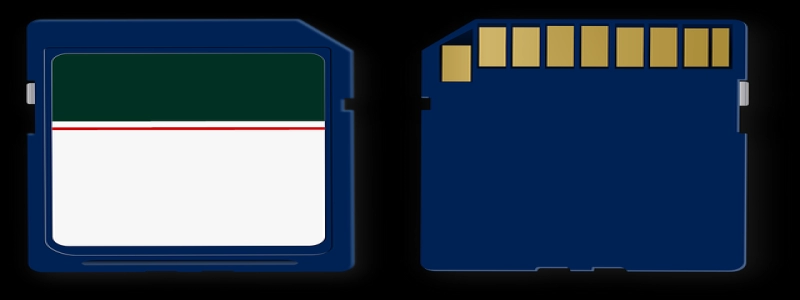Measure Light Wavelength
I. Introduction
A. Background Information on Light Wavelength
B. Importance of Measuring Light Wavelength
II. Methods for Measuring Light Wavelength
A. Interference Methods
1. Double-Slit Interference
2. Michelson Interferometer
B. Diffraction Methods
1. Diffraction Grating
2. Young’s Double-Slit Experiment
C. Spectroscopy
1. Absorption Spectroscopy
2. Emission Spectroscopy
III. Double-Slit Interference
A. Principle of Double-Slit Interference
B. Equipment Required for Double-Slit Interference
C. Procedure for Measuring Light Wavelength Using Double-Slit Interference
D. Advantages and Limitations of Double-Slit Interference Method
IV. Michelson Interferometer
A. Principle of Michelson Interferometer
B. Equipment Required for Michelson Interferometer
C. Procedure for Measuring Light Wavelength Using Michelson Interferometer
D. Advantages and Limitations of Michelson Interferometer Method
V. Diffraction Grating
A. Principle of Diffraction Grating
B. Equipment Required for Diffraction Grating Method
C. Procedure for Measuring Light Wavelength Using Diffraction Grating
D. Advantages and Limitations of Diffraction Grating Method
VI. Young’s Double-Slit Experiment
A. Principle of Young’s Double-Slit Experiment
B. Equipment Required for Young’s Double-Slit Experiment
C. Procedure for Measuring Light Wavelength Using Young’s Double-Slit Experiment
D. Advantages and Limitations of Young’s Double-Slit Experiment
VII. Spectroscopy
A. Principle of Spectroscopy
B. Equipment Required for Spectroscopy
C. Procedure for Measuring Light Wavelength Using Spectroscopy
D. Advantages and Limitations of Spectroscopy Method
VIII. Conclusion
A. Summary of Different Methods for Measuring Light Wavelength
B. Comparison of Methods Based on Accuracy, Cost, and Ease of Use
C. Future Developments in Light Wavelength Measurement Techniques








